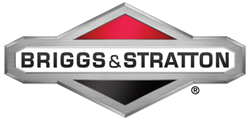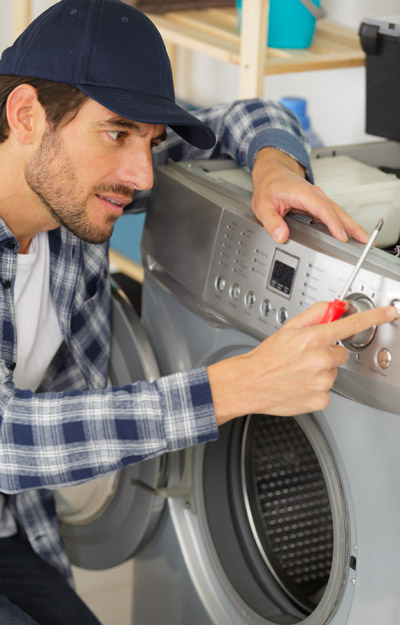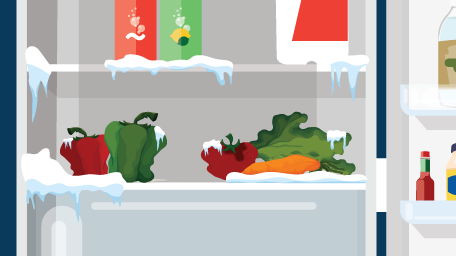Make sure you haven't got the discount earlier.

How To Fix A Range/Oven Element Not Heating
So you go to turn on your stovetop, and nothing happens. A very unfortunate situation for sure. What do you do? Well, there are a few key parts you should check. Let us help you!
For a quick, simple guide, please take a look at our video here. Or view our full text guide below.

Surface Burner Element
Surface burners are typically either a coil type, solid type or a ribbon coil as used in smooth top ranges. All of these consist of a heating wire that uses electric current to produce heat. Coil type elements can be checked for continuity by removing them from the terminal block and testing them with a multimeter.
How to test a surface burner element with a multimeter:
- Ensure that you have disconnected the power source from your appliance before beginning.
- Lift the main top of your appliance in order to locate the surface burner element. Once you have found it, remove it in order to test it. You should also visually inspect it for any signs of bubbling, burning, wear, holes, or damage.
- To test for a shorted element, touch each of the terminals one at a time with one probe while holding the other probe to the outside surface of the element. If either terminal show continuity, it is defective. To test the entire element for continuity, place each of the probes on the terminals, one on each. The exact reading you should receive varies between models, refer to your owner’s manual to determine what yours should be, but if any element has a reading outside of 19 to 115 ohms, it is defective.
- If you do not receive the correct readings from the tests above or find damage on your element, you will need a replacement surface burner element.
Surface Burner Terminal Block & Receptacle
The burner receptacle or terminal block is used to connect coil elements to the internal wiring. The receptacle is located underneath the cooktop and is mounted to it by one or two screws. If the elements are not heating up, then the receptacles may be faulty.
How to test an oven’s surface burner terminal block & receptacle with a multimeter:
- Unplug your oven before beginning this inspection.
- Locate and remove your receptacle in order to inspect it. You likely will need to remove the cooktop and the heating elements in order to access the receptacle.
- Visually inspect the terminal block for any signs of damage, cracking, or burning.
- Using a multimeter on the Rx1 setting, touch the probes to the terminals. If your receptacle has multiple sets of terminals, test each set individually. If there is continuity, your multimeter will produce a reading of zero.
- If you receive any reading other than zero, you will need a replacement receptacle.
Surface Burner Switch & Infinite Switch
The infinite switch on the control panel controls the power to each element. If you have no heat at an element and the element and terminal block check ok, then you may have a defective infinite switch.
How to test an oven infinite switch with a multimeter:
- Unplug your appliance before beginning.
- Locate your appliance’s infinite switch. You likely will need to remove the back panel in order to access it. Inspect the wires near the switch for any signs of burning, or overheated wires and terminals. If no issues are found, remove the switch in order to test it for continuity.
- Using a multimeter on Rx1 mode, test for continuity by touching the L1 and H1 terminals with the probes. Once you have completed that test, touch the probes to the L2 & H2 terminals.
- If your test results indicate that there is no continuity between one or both sets of terminals, you need a replacement infinite switch.
By following these tips, you should be able to fix your oven / range completely on your own. Just make sure to have all the oven parts you need.





























